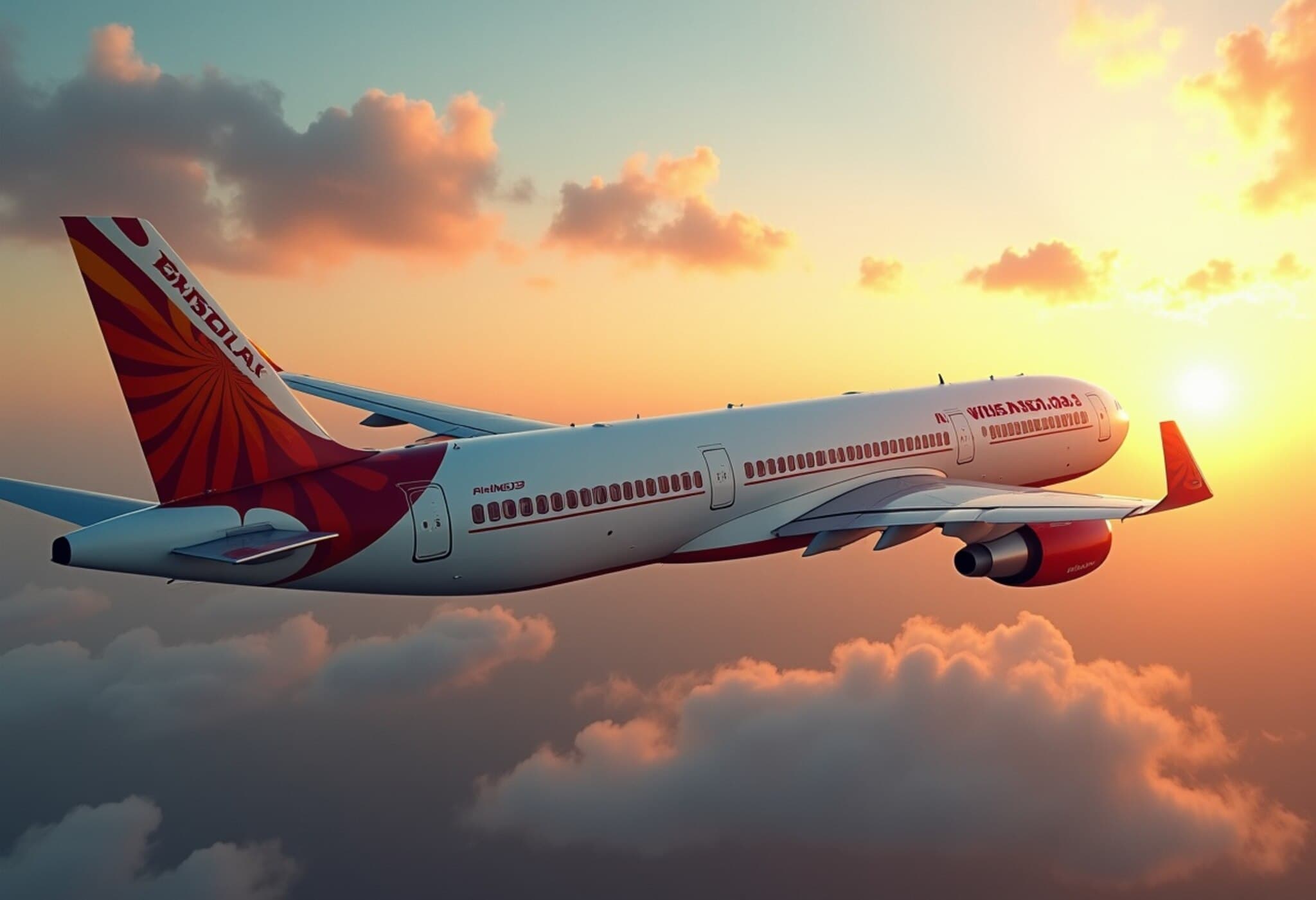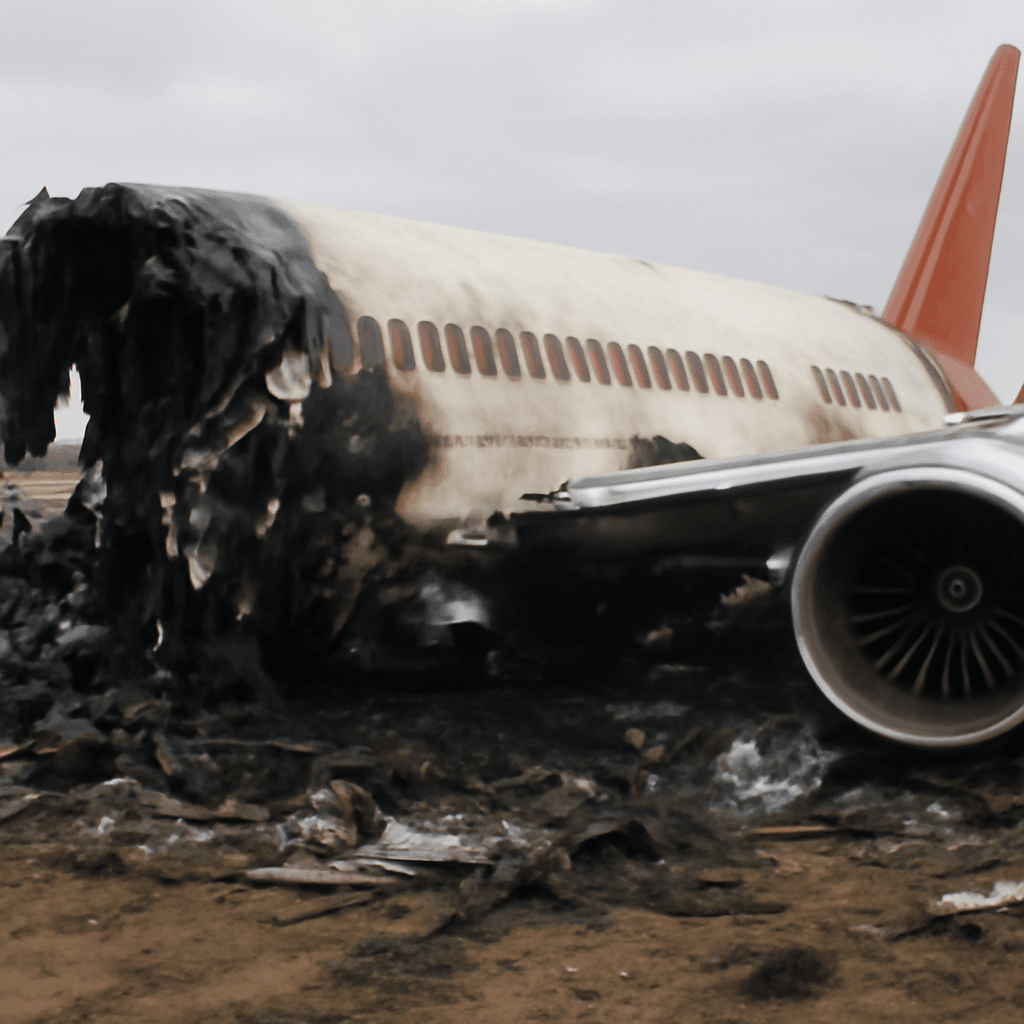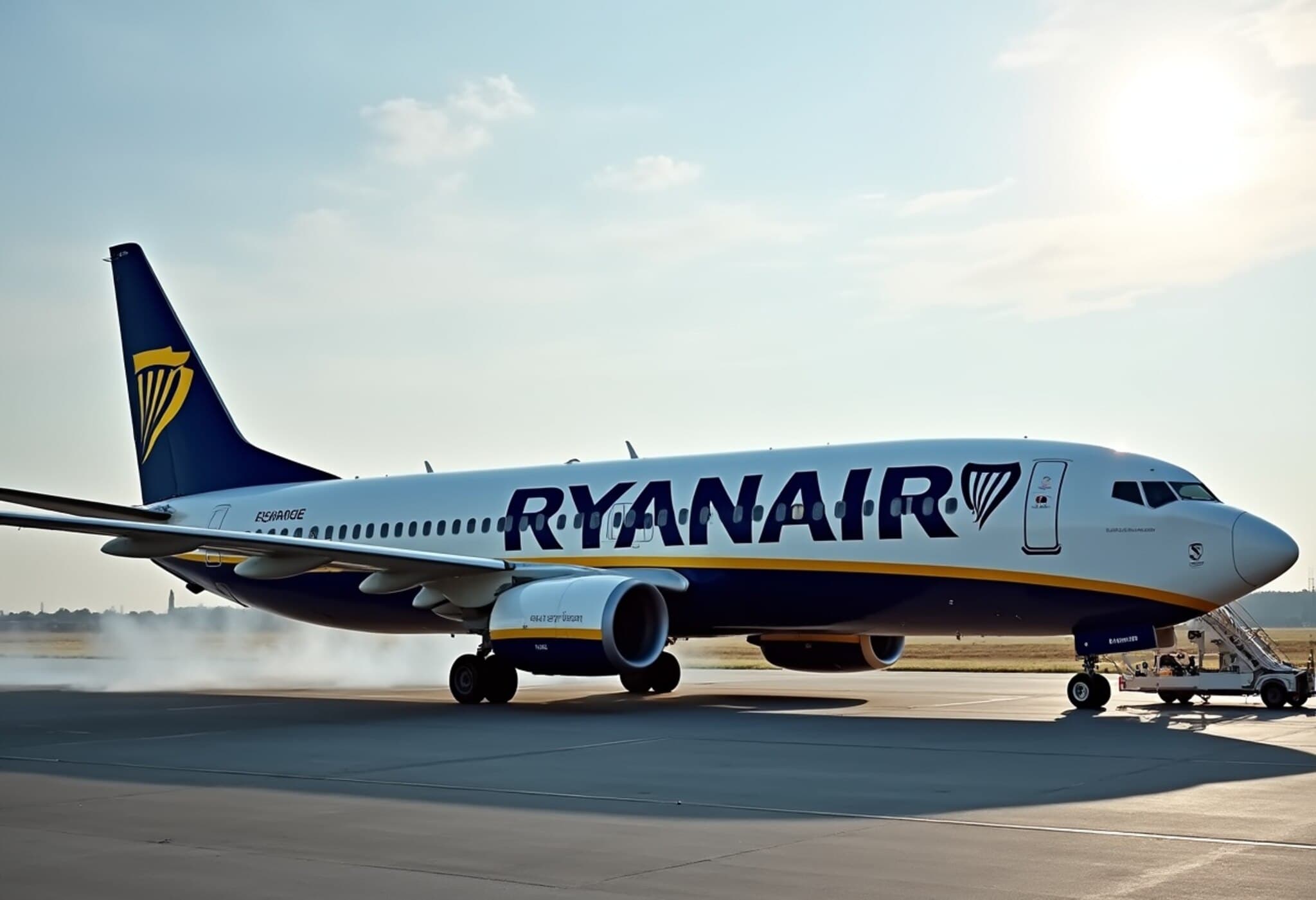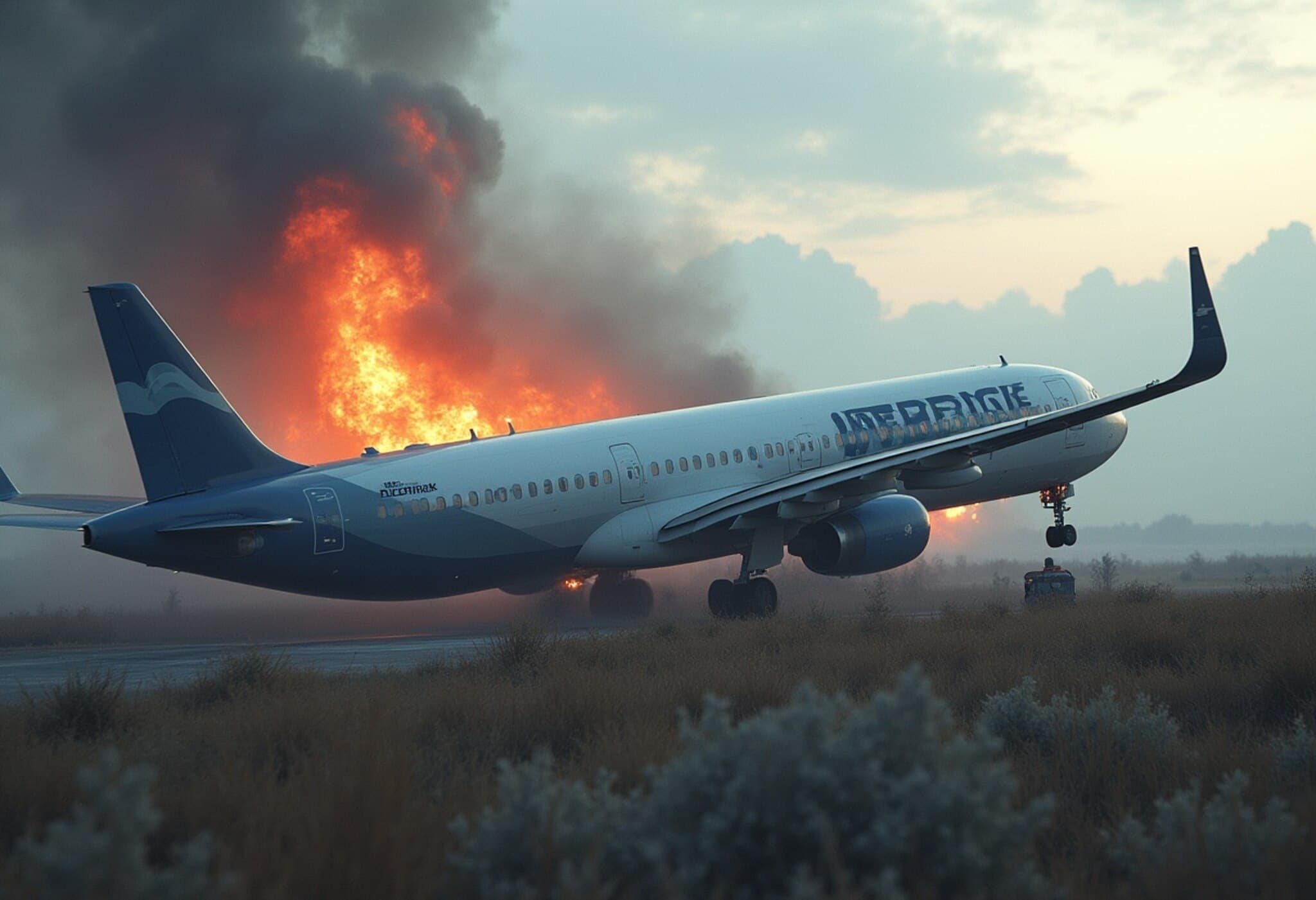Parallels Drawn with 2020 UK Airbus Engine Failure Incident
Investigators looking into the tragic Air India AI-171 crash are examining every angle, including a notable February 2020 incident at Gatwick Airport involving an Airbus A321. That plane suffered a simultaneous engine malfunction just after takeoff but managed to safely return after circling at an altitude of nearly 3,580 feet. Unfortunately, the AI-171 could only reach about 625 feet before crashing in a residential area near Ahmedabad airport.
Probing the Cause: Power Failure or Pilot Error?
Evidence gathered from wreckage and videos suggests a sudden loss of engine power immediately after takeoff. Officials emphasize that although the aircraft’s Ram Air Turbine (RAT) is designed to provide emergency power, the lack of sufficient altitude prevented a safe glide or controlled return. An investigator noted, “The pilots likely did everything within their control. This does not point to cockpit error but rather a critical power failure occurring as the aircraft was barely airborne.”
Why Altitude Matters
Planes typically need to reach a certain altitude — approximately 3,600 to 4,900 feet — to safely execute emergency procedures powered by the RAT system. Falling short of this altitude leaves minimal room for controlled recovery, which proved fatal in this case as the aircraft crashed into a medical hostel building.
Fuel System Contamination Under Intense Scrutiny
One leading theory centers around fuel contamination, specifically water presence in the fuel system. This theory gains traction considering the 2020 Gatwick incident where fuel system contamination was identified as the culprit, despite prior engineering clearances.
Examining Maintenance and Flight Logs
Investigators are painstakingly reviewing the technical logs of AI-171 from the 24 hours before the crash. The aircraft had recently completed several long international legs, including Paris to Delhi and Tokyo to Delhi flights. The aim is to uncover any unresolved technical anomalies, warnings from the Electronic Centralized Aircraft Monitor (ECAM), or thrust issues flagged by previous crews or maintenance.
“There’s no current evidence hinting at sabotage,” an official clarified, “but if contamination is confirmed, we will assess whether it resulted from maintenance oversight, corrosion-related clogging, or other factors. Fuel contaminated with water remains one of the most frequent and yet hard-to-detect causes of mid-flight power loss.”
Next Steps in the Investigation
The probe continues with assistance from the UK’s Air Accident Investigation Branch (AAIB), who are lending expertise based on their findings from the 2020 incident. Recovery and analysis of the flight data and cockpit voice recorders remain critical to unraveling the exact sequence leading to this catastrophic failure.
As the aviation community and public await definitive answers, the investigation underscores the complex interplay of mechanical reliability, environmental factors, and emergency response capabilities essential for flight safety.



















